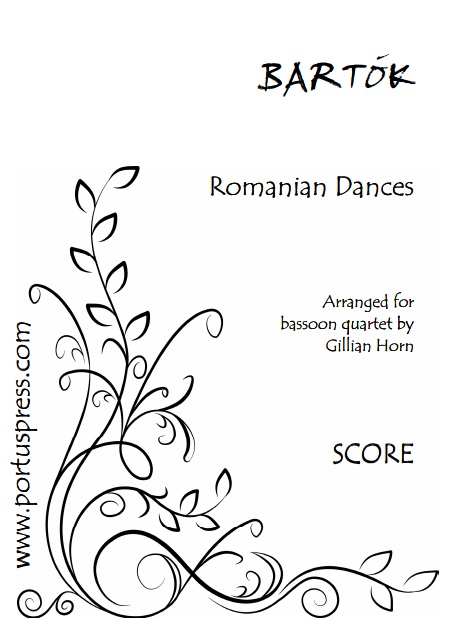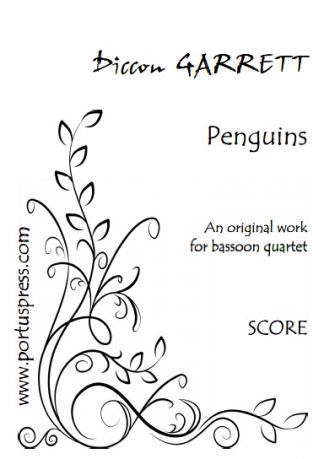Description
Between 1909 and 1914 the Hungarian composer, Béla Bartók (1881-1945), had toured the Transylvanian region (now part of Romania) extensively, recording and transcribing the folk music of the local peasants. Applying his trademark creative refashioning he used them as the basis for much of his musical output – of which the Romanian Dances (1915-1917) are a prime example.
Originally written for piano, and later orchestrated, each of the six movements has a title which suggests the kinds of dance they were to accompany. Jo cu bâta (Stick Dance) is an energetic dance in which a young man dances with a stick and, bizarrely, kicks the ceiling! The cheerful, up-tempo Brâul (Sash Dance) follows, which is derived from a spinning song in which the dancers hold each other’s waists. The dancers stamp on one spot in the third dance (Pe Loc – Standing Still), which is markedly slower in tempo and has a darker, almost Arabic flavour. Arabic influences also abound in Buciumeana (Dance from Bucsum). In 3/4 it has a graceful, haunting, minuet-like quality – quite unlike the brisk and energetic violin folk tune upon which it is based. The tempo livens once more with Poarga Româneasca (Romanian Polka) – a children’s dance that flits between 2/4 and 3/4 time. The final movement – Maruntel (Fast Dance) – certainly lives up to its name. This is a courting dance, demanding great stamina, in which the couples take tiny fast steps.
Arranged by Gillian Horn.






